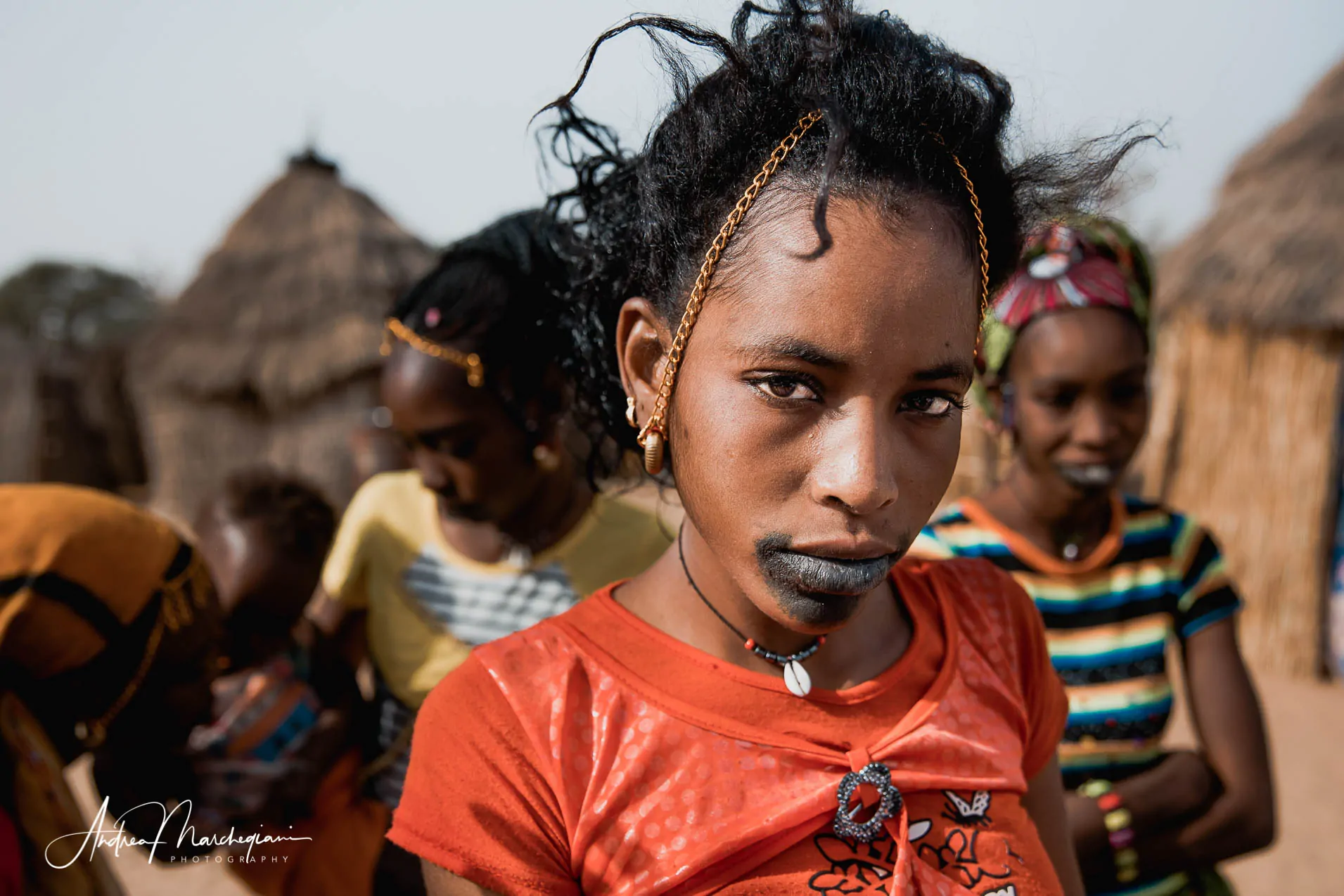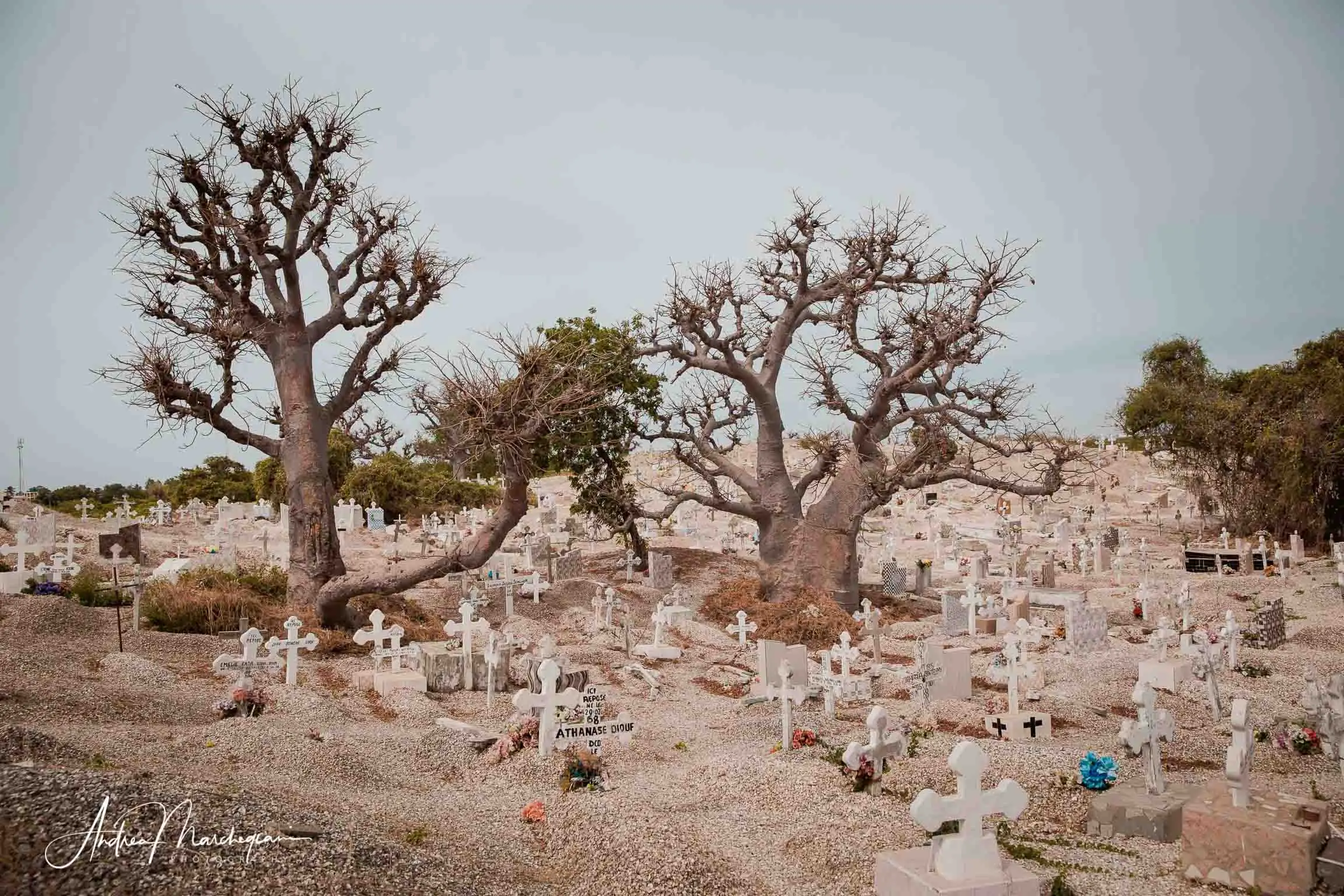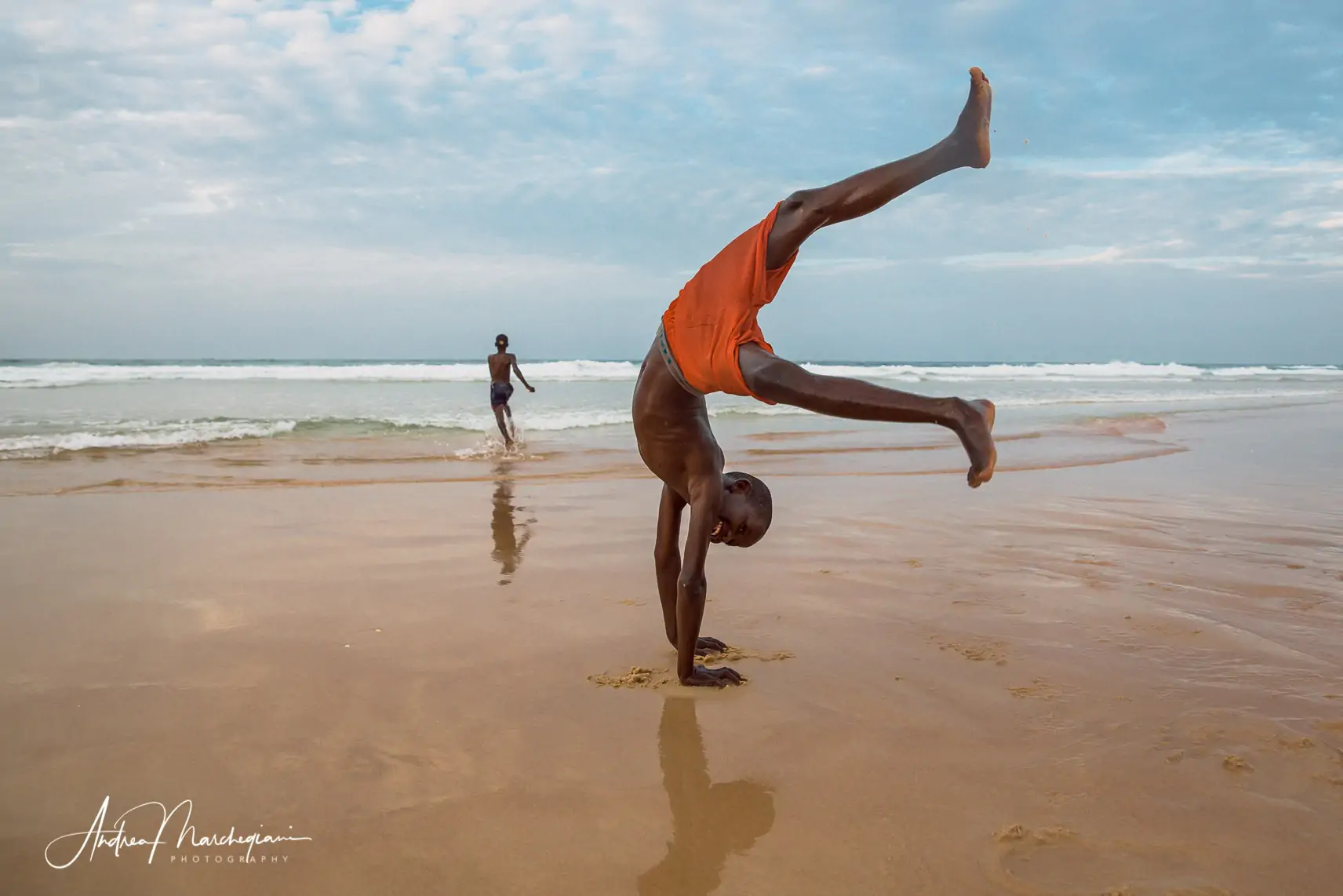
- Home
- Photo Galleries
- Portrait Photography
- Landscape Photography
- Street Photography
- China
- Ethiopia
- India
- Holy Ganges
- Varanasi
- Varanasi Ganga Aarti
- Varanasi, Manikarnika Ghat
- Varanasi Streets & Alleys
- Varanasi Demolition
- Varanasi Fruit Market
- Sarnath
- Brick Kilns
- Tamil Nadu, Chennai & Mamallapuram
- Tamil Nadu, Fort Tirumayam & Madurai
- Tamil Nadu, Tiruvannamalai & Thanjavur
- Kerala, Munnar
- Kerala, Peryiar
- Kerala, Backwaters
- Kerala, Kochi
- Kazakhstan
- Myanmar
- Senegal
- Uzbekistan
- Travel Blog
- China
- Ethiopia
- India
- Tamil Nadu & Kerala
- Varanasi
- Whato to do in Varanasi
- Varanasi Life along the Ghats
- Varanasi Death along the Ghats
- Varanasi Ganga Aarti Ceremony
- Varanasi demolished to honor Shiva
- Varanasi Fruit Market
- “Varanasi, A Journey into the Infinite”
- Sarnath
- All about River Ganges
- Holy Shit. All about Indian Cow Dung
- Clean India Project
- Brick factories
- Tilaka, pundra, bindi: what is the mark on Indian foreheads?
- Kazakhstan
- Mongolia
- Ulaanbaatar, the coldest capital in the world
- What to do in Ulaanbaatar
- Chinggis Khan Museum, 6 floors of Mongolian history
- Gorkhi-Terelj National Park and Bodgkhan Natural Reserve
- Altai Mountains, Things to do in Olgii and Sagsai
- Living with the Eagle Hunters
- Sagsai Eagle Festival
- Navrus Festival
- Xöömej, Mongolian throat singing
- Mongolian Food
- Myanmar
- Senegal
- Uzbekistan
- Latest Posts
- Photography Blog
- About
- Prints
Share with your friends:
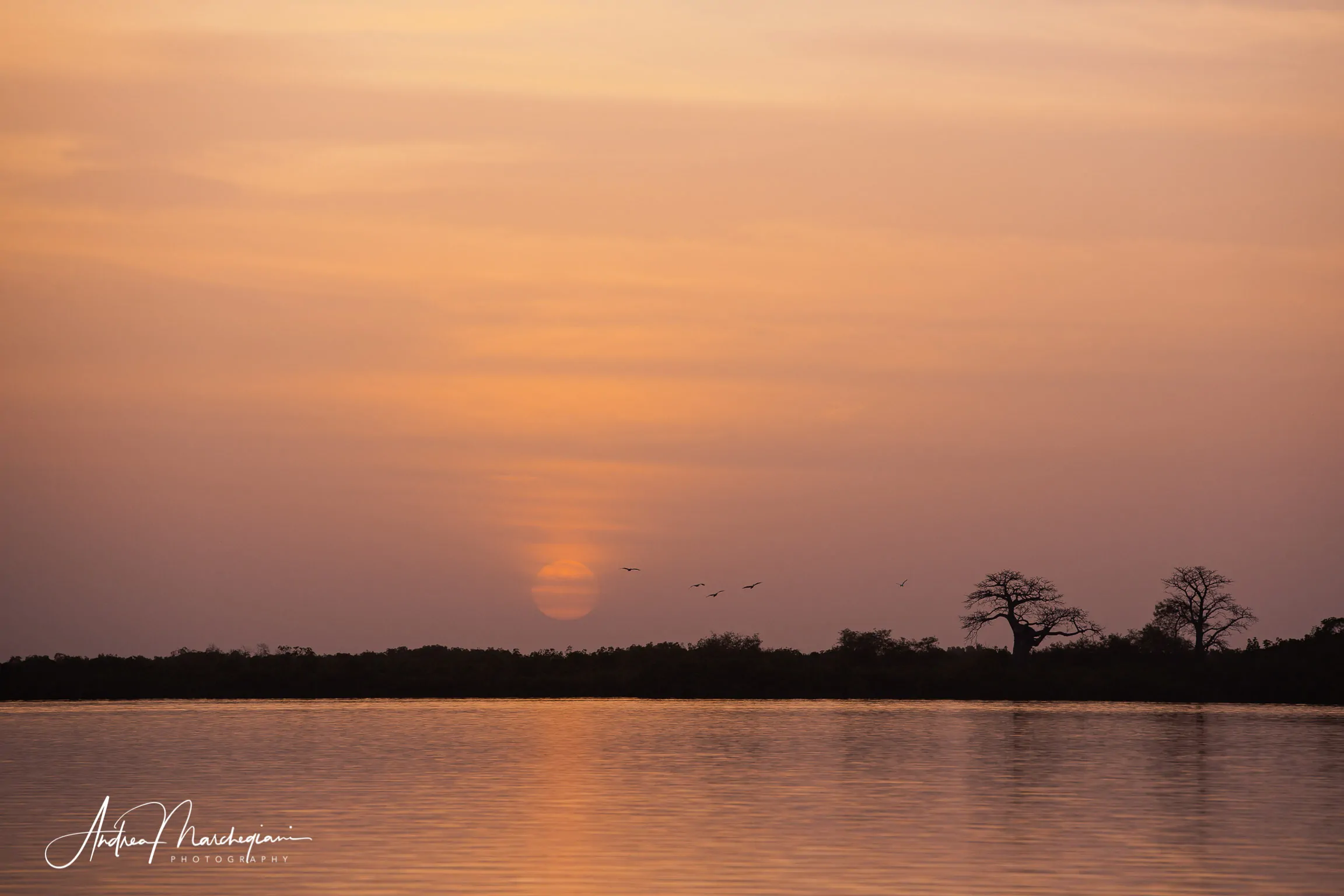
Reasons to travel to Senegal
There are few countries capable of making people dream and think at the same time. Senegal is among them.
During a trip to Senegal, in addition to enjoying extraordinary landscapes and watching the daily life parading through the streets, you will get the opportunity to learn the history of Senegal, which had an impact on the whole world. Senegal has in fact gone through blatant injustices in the past, from slavery to European colonialism, which have shaped Senegal’s current economic difficulties, but also its resilience, the ability to forgive and the request for justice of its inhabitants.
You don’t just come to Senegal to enjoy a beach holiday, but also to deal with the mistakes of our ancestors. Senegal welcomes tourists with open arms and shows its wounds without pointing a finger. The dignity and the will to live of the Senegalese people strikes straight to the heart.
A trip to Senegal can really change the way you look at the world and yourselves.
Things to see in Senegal
1. Dakar (on your arrival)

Dakar is a lively city located on the west coast of Africa, on the southern tip of the Cape Verde peninsula. It is the capital of Senegal and the largest city in the country, with a population of about 1.2 million inhabitants.
The city offers wide streets, residential neighborhoods, government buildings, shops, restaurants and cafes. Home to important cultural institutions, including the Musée Théodore Monod d’Arts Africains and the Centre Culturel Blaise Senghor, where musicals, theatrical and film events are regularly held , Dakar also offers beautiful sandy beaches, such as the Plage de N’Gor and the Plage de la Voile d’Or, which are popular among residents and tourists.
If you consider that Dakar is the most important commercial and financial center of West Africa, you will not be surprised to find the same contradictions and challenges of all the world’s major cities: wealth distribution inequalities, increasing crime rates and traffic congestion. Dakar will almost certainly be the city you will land in and here you will start discovering the beauty and complexity of the African continent.
For those who have little time to spend in the city, preferring to stay elsewhere, a visit to Kermel Market and the Statue of African Rebirth (which I’ll talk about in detail at the end of this article) is a must.
My advice is to dedicate Dakar the last day of your trip to Senegal, both because it is better to face the confusion of the market once acclimatized to the rhythms and customs of Senegal, and because only at the end of your journey you can really understand the cultural importance and identity of the beautiful Statue of African Rebirth.
This is why, as I land in Dakar, I dedicated the first day of my stay to visit the island of Gorée, reachable by ferry from the port of Dakar.
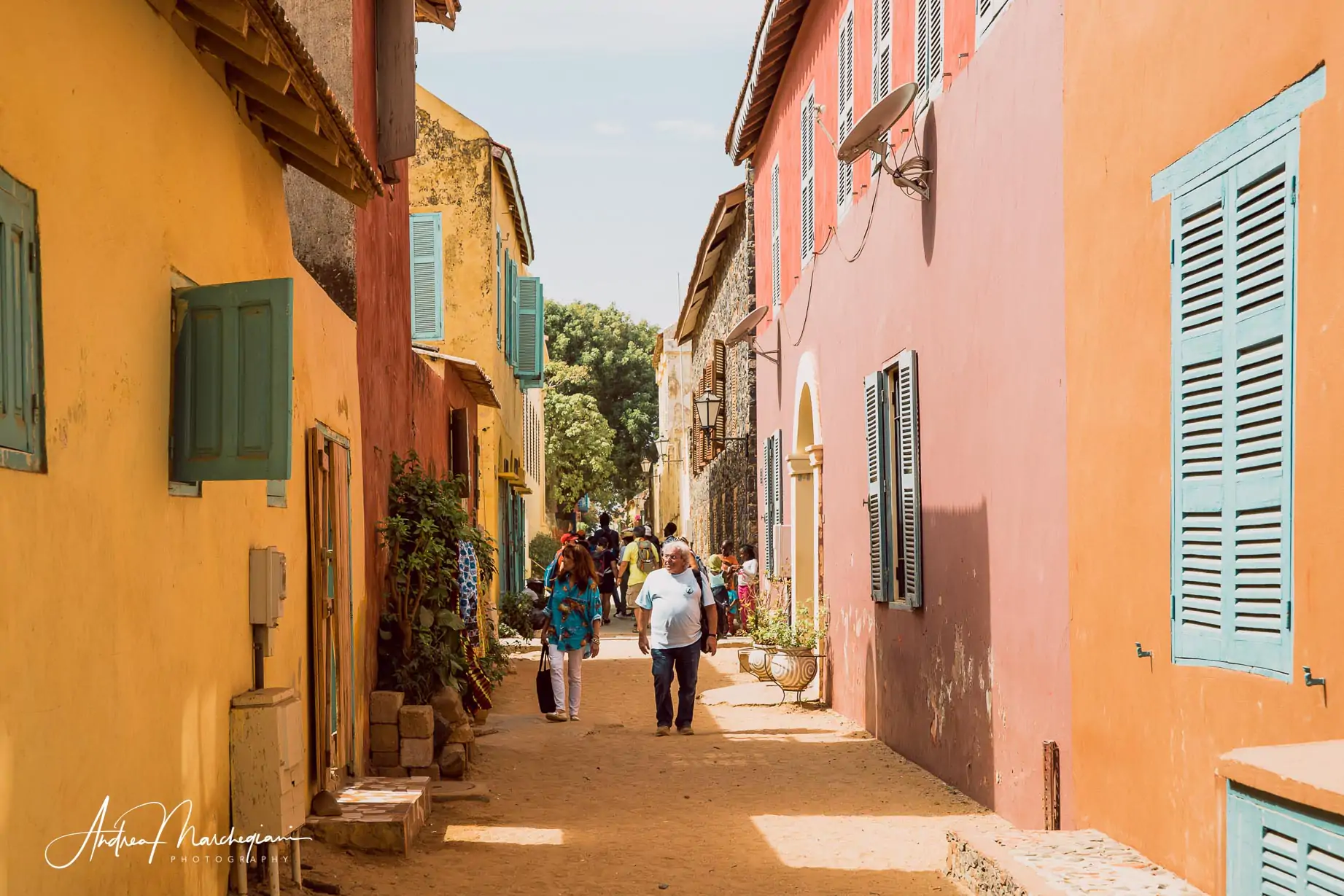
2. Gorée Island
Declared a UNESCO World Heritage Site in 1978, Goree is located in the westernmost part of Africa. This has made it a sadly strategic place for the slave trade. In fact, millions of African men and women left from here, kidnapped in their lands and deported to the United States to work in the cotton and sugar cane fields. Here the French, Portuguese and Spanish colonialists bargained their price and carried out terrifying practices to sever their last yearnings for dignity. Already deprived of their freedom, here they had to lose all hope of regaining it.
The island can be reached quickly by ferry from the port of Dakar and, once disembarked, you will be struck by the atmosphere of lightheartedness of its lively streets; the colonial style of the buildings and the quite decadent atmosphere are really suggestive. Visit the Maison des Esclaves (House of Slaves), a museum that recalls the slave trade through the exhibition of documents, objects and photographs.
The guided tour will take you through one of the most terrifying pages of world history and I promise it will change you. Your journey to Senegal can only begin here, with a bath of humility and empathy towards all African peoples.
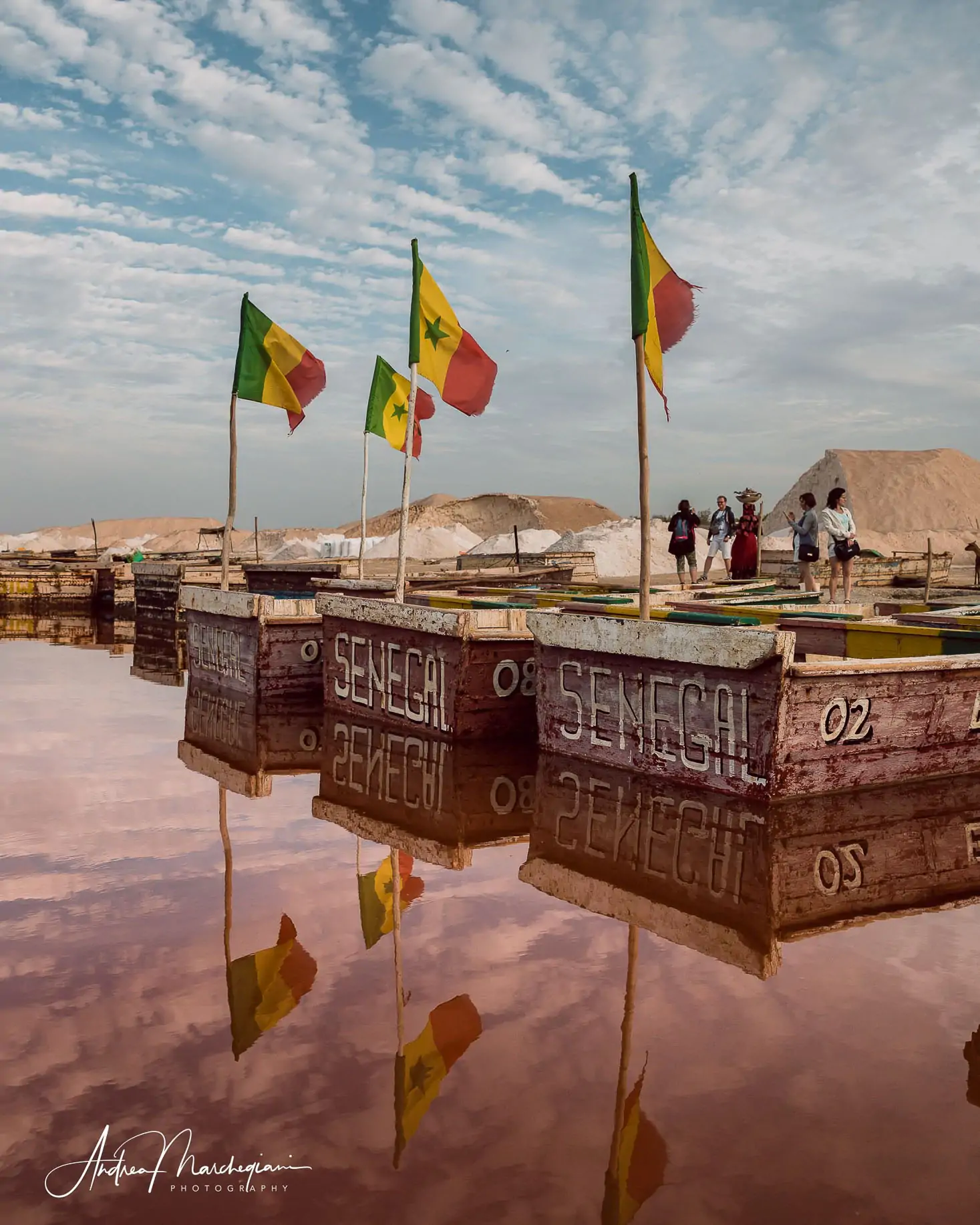
3. Lac Rose (or Lac Retba)
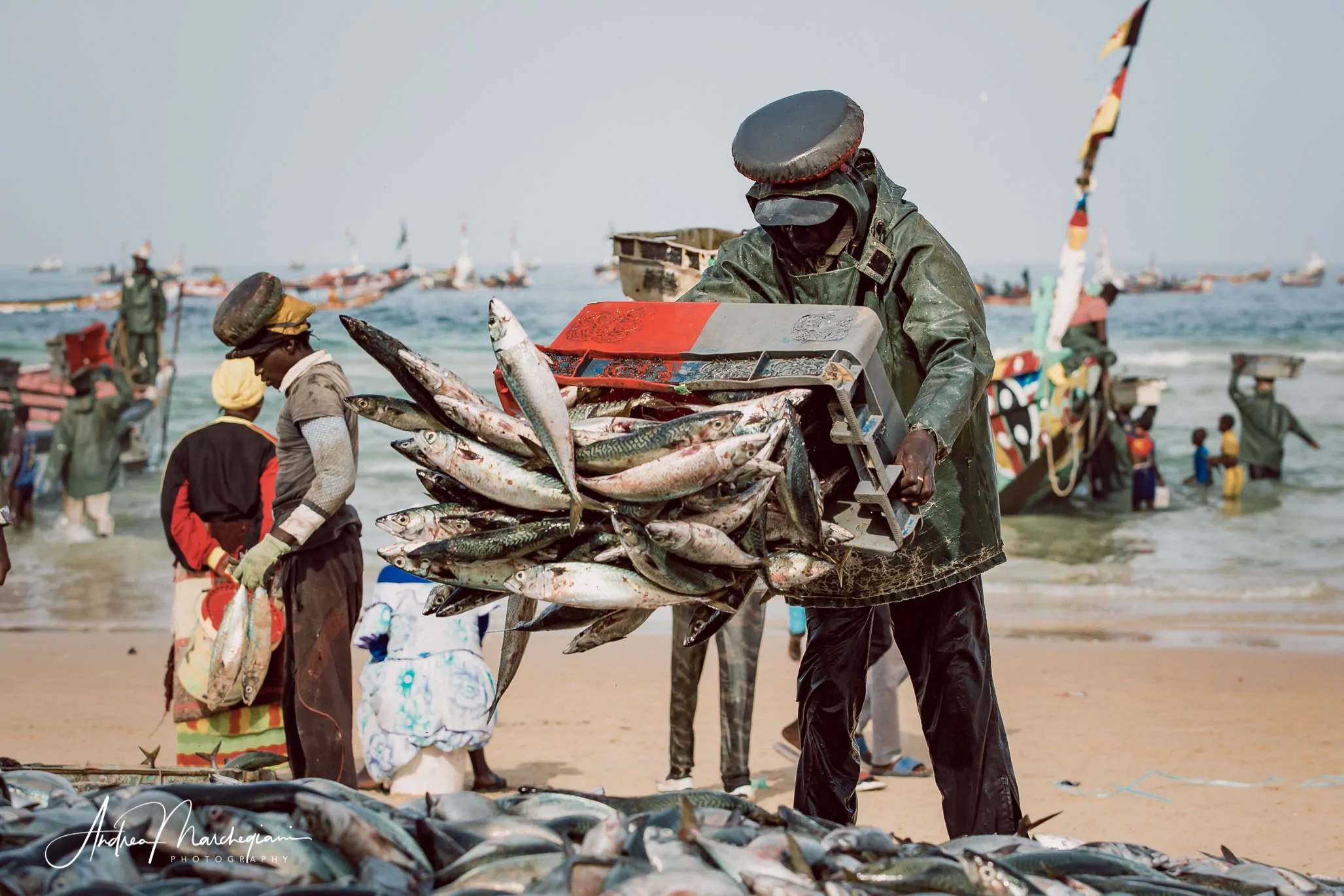
4. Kayar Fish Market
Kayar is a village about 60 km north of Dakar and is home to one of the largest fishing centers in Senegal. You would expect large boats equipped with industrial fishing systems and instead we are faced with an endless parade of pirogues, small traditional colored wooden boats.
Each boat has its own decorated motif, which identifies the family it belongs to. They colorfully dot the horizon as they wait for their turn ashore, when they will start unloading their precious loot. On shore, women are ready to collect the catch and sell it on the spot and in the nearby markets.
Visiting Kayar was one of the most exciting experiences of my trip to Senegal. It gave me a chance to connect to Senegalese sea life. Be discreet however. Fishermen are very focused during the unloading of the fish and the atmosphere is hectic. Don’t stand in the way and be careful while taking pictures. Senegalese people don’t like to be photographed while working, because they aren’t wearing their best clothes!
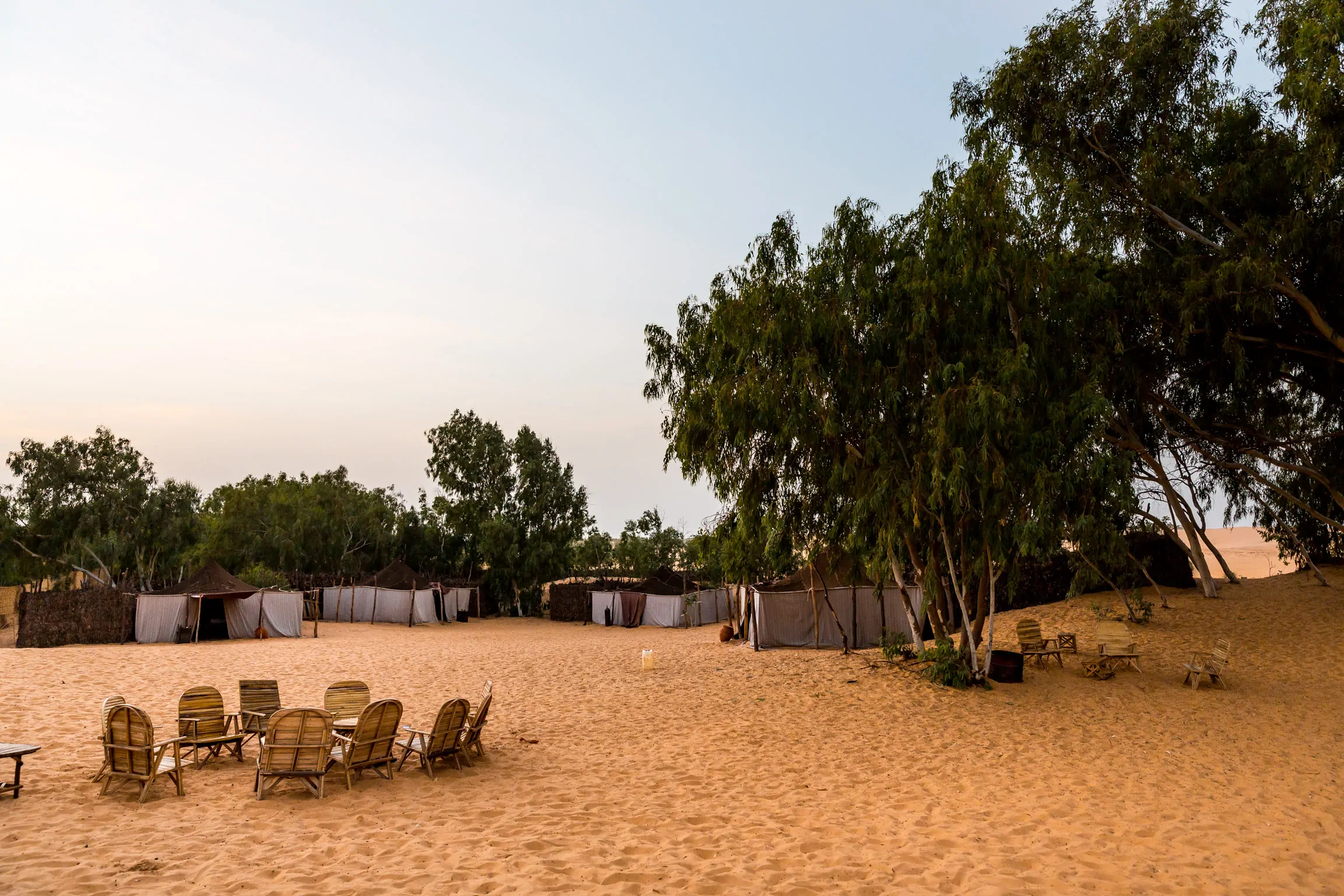
5. Lompoul desert
Heading north of Kayar, you arrive at Lompoul, where you can spend an exotic night among the dunes of its small desert. Here you can walk some stretches on camel back or walk sinking in expanses of fine sand.
The tented camp, which serves a nice typical dinner followed by a local dance show in the moonlight, is a fairly touristy experience but still very pleasant. A small taste of what the African desert can reserve… and, if you are unlucky like me, the jeep leading you from the village to the desert dunes could have an engine malfunctions and you will find yourself on foot, immersed in an authentic adventure, walking for hours among the dunes to get back to the nearest village!
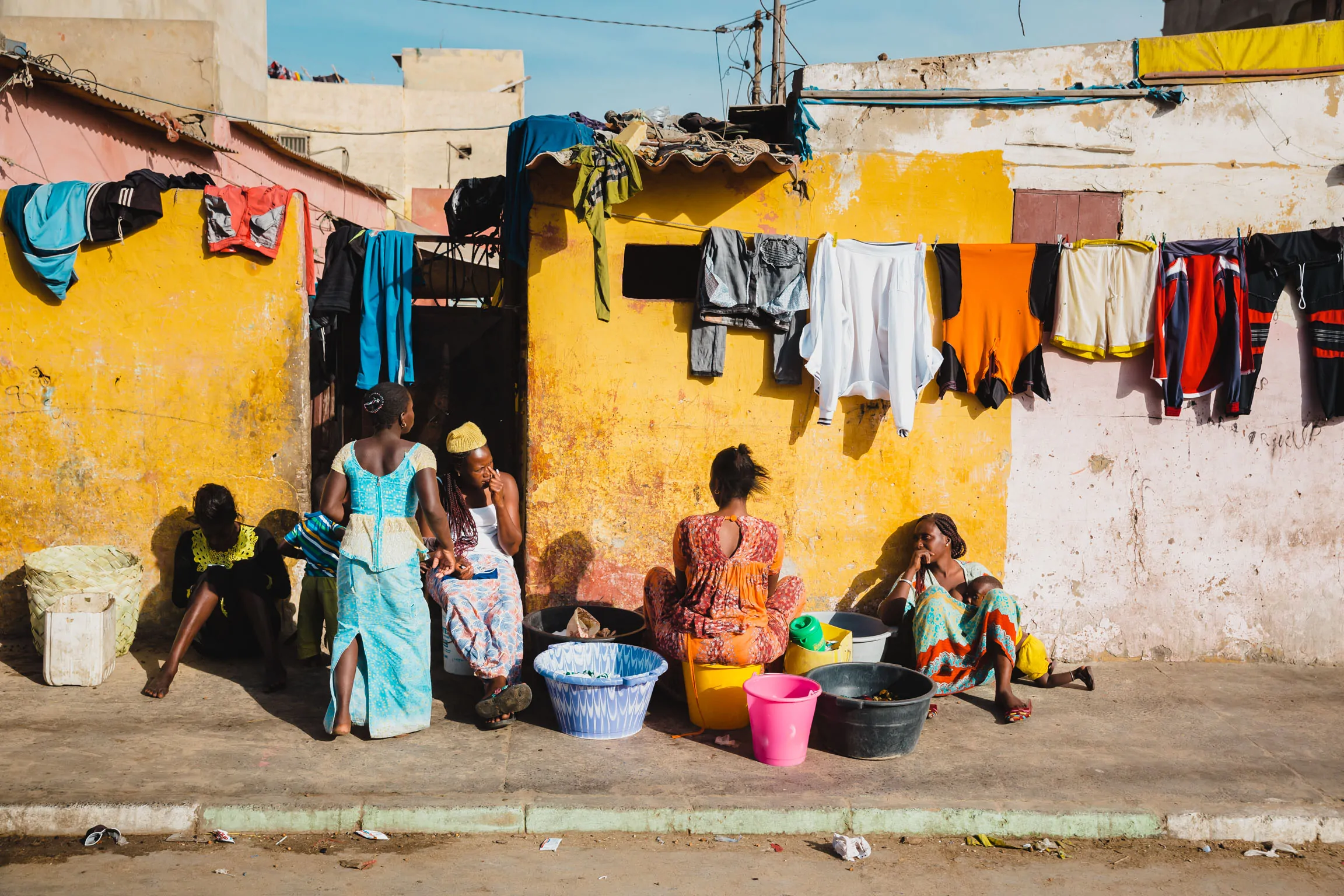
6. Saint Louis
Founded by the French colonizers in the 12th century as their first colony in Senegal, Saint Louis was once the capital of the country. Historical, decadent and full of contrasts, Saint Louis has reminded me the same charm of some neighborhoods of Havana in Cuba, with slums and children full of life.
Crossing the iron bridge Faidherbe, designed by G. Eiffel and symbol of the city, you enter the historic district. The carriage ride is a very suggestive experience and the driver will make you stop to photograph the most important buildings of the colonial era.
This part of the city intersects the Senegal River, on whose banks you can admire the typical colored canoes docked. Unfortunately, the poor waste management makes this area, often compared to Venice, unattractive due to garbage piles scattered everywhere.
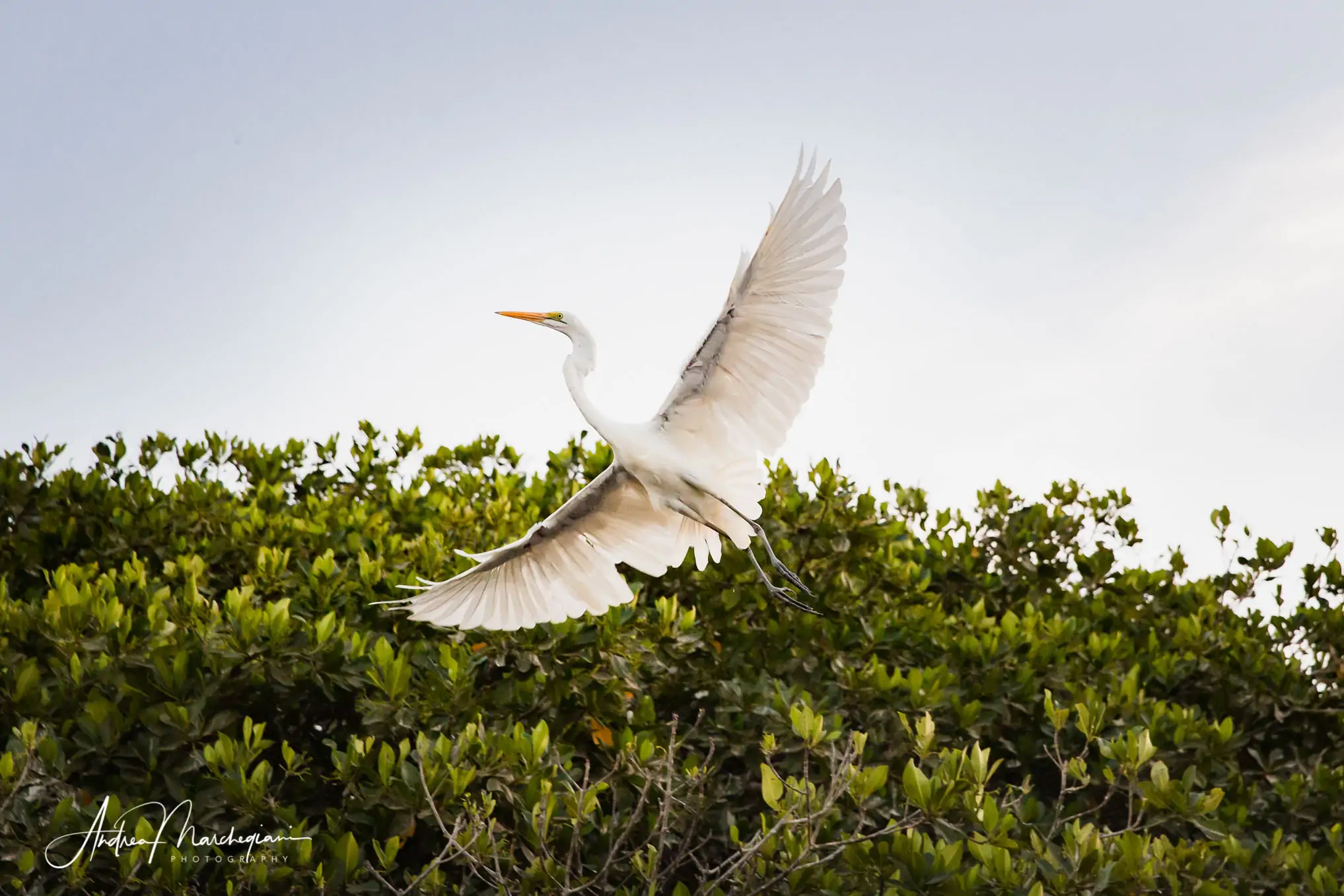
7. Djoudj National Bird Sanctuary
Just north of Saint Louis, on the delta of Senegal River, there is the amazing Djoudj National Bird Sanctuary, a marshy swamp of 16,000 hectares where birds who have crossed the Sahara come to rest.
Over 400 different bird species live in the area, including pelicans and flamingos. The park is a UNESCO World Heritage Site and is well worth a visit. During the motorboat excursion, you will see thousands of birds, often piled on each other on small sandy islets.
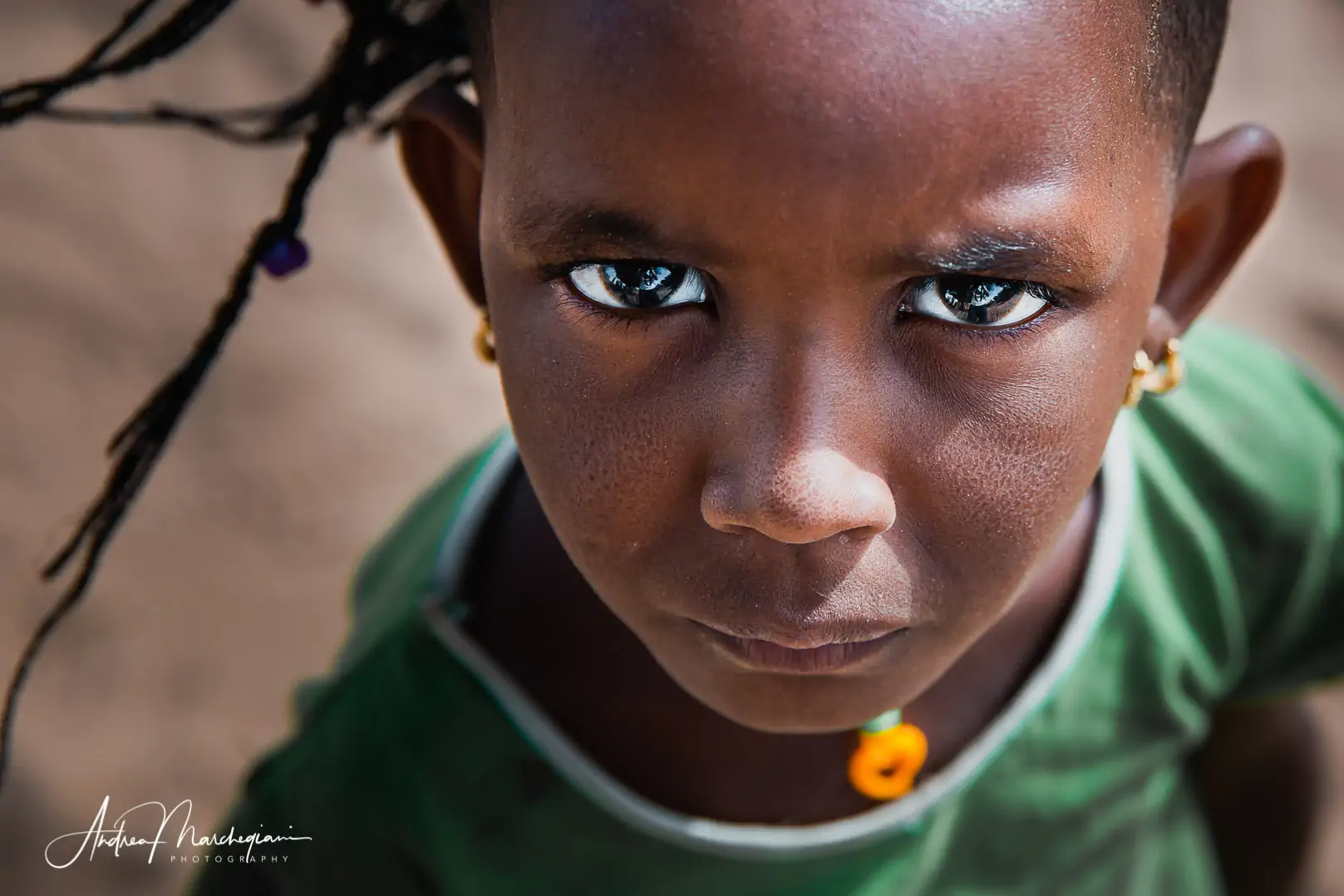
8. Sagatta cattle market and Peul villages
Back on your way, heading south, visit Sagata, a small village where there is a local cattle market and you can get in touch with the nomadic population of Peul (or Mbororo). This is an unforgettable experience.
The Peuls consider themselves the most beautiful ethnic group in the world and here it is the women who choose the husband, in a special ritual in which young men dance in costume to show women how goodlooking they are. I advise you to photograph the cattle with caution, since Peul people are very attached to their cows and are very jealous of them!
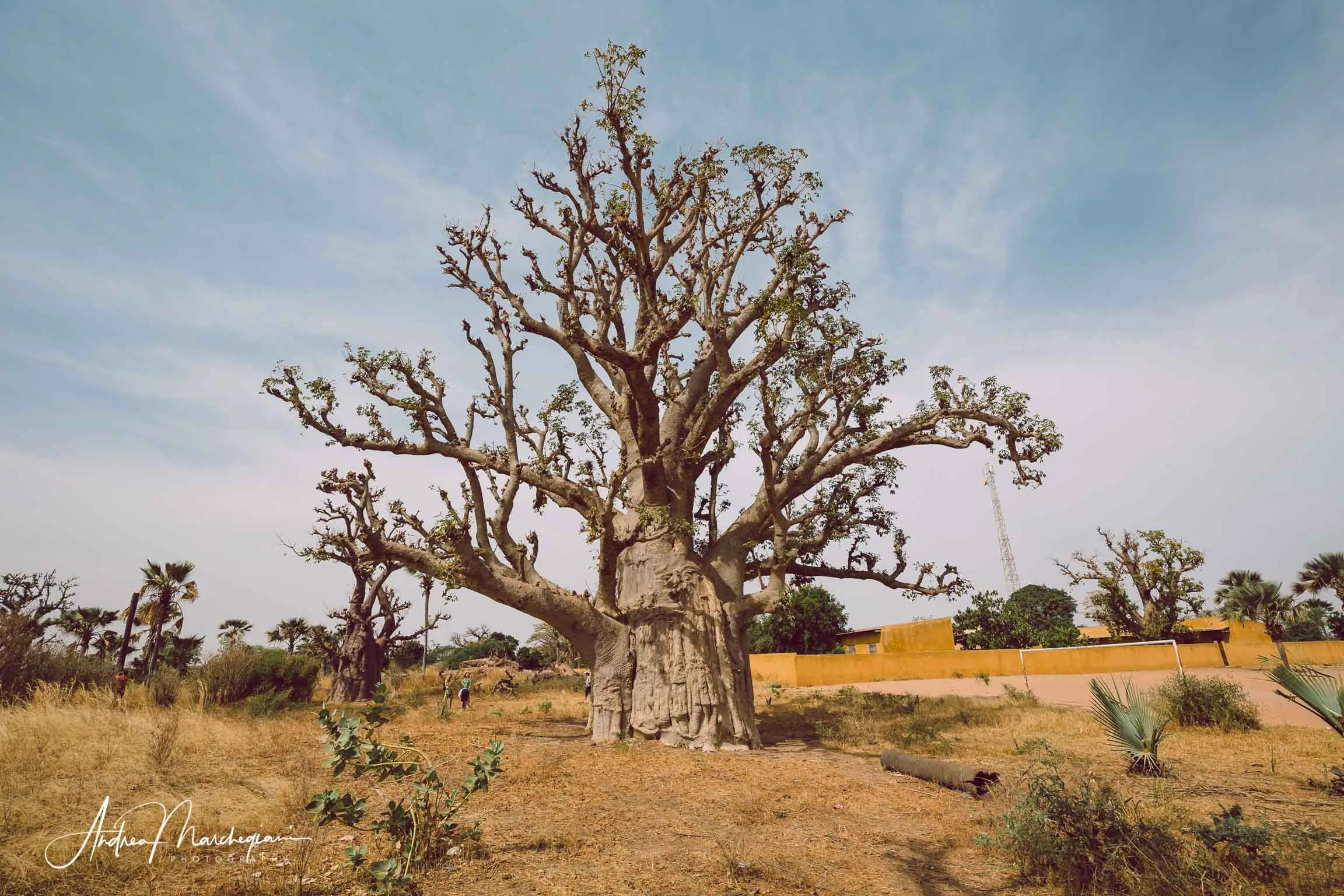
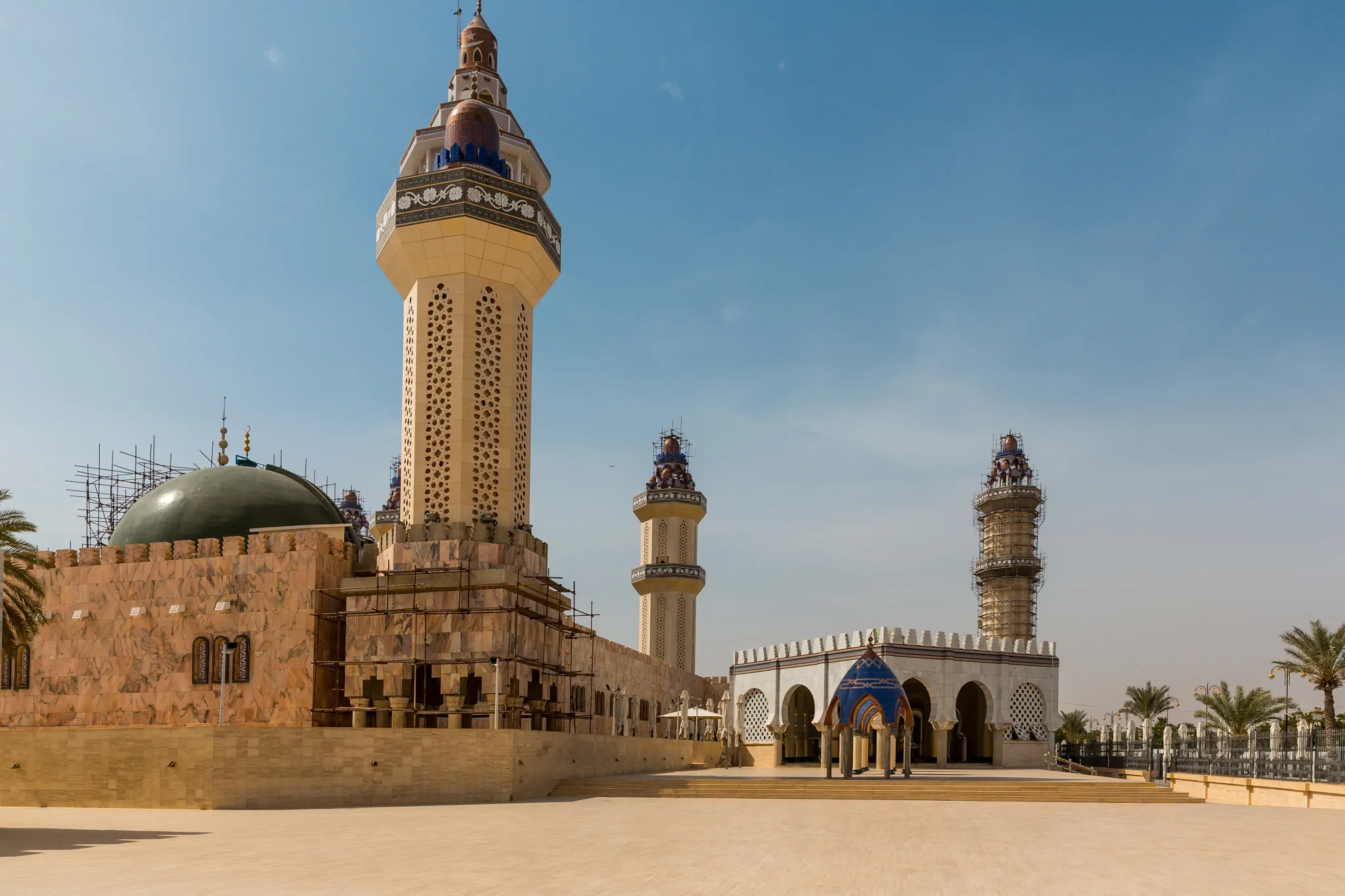
9. Touba
The road from Sagatta to Touba is dotted with beautiful baobabs. Some of them have really remarkable dimensions: your guide will surely make you stop to take a picture, explaining which ones are considered sacred.
Once in Touba, you can not miss the Grand Mosque. Touba is in fact a sacred city for Muslims, since it is the cradle of Mouridism, a very rigorous and widespread cult in Senegal.
The mosque is an imposing building, the largest of its kind in Africa: you will be amazed by the triumph of minarets, the very high vaults and the large porches, all covered with valuable materials, from white Carrara marble to Portuguese pink marble. The mosque also conteins the remains of Amadou Bamba, the sheik whi found the cult.
To access the mosque, women must cover their heads, arms, and legs; they must not speak to men, who should visit the mosque in a separate group.
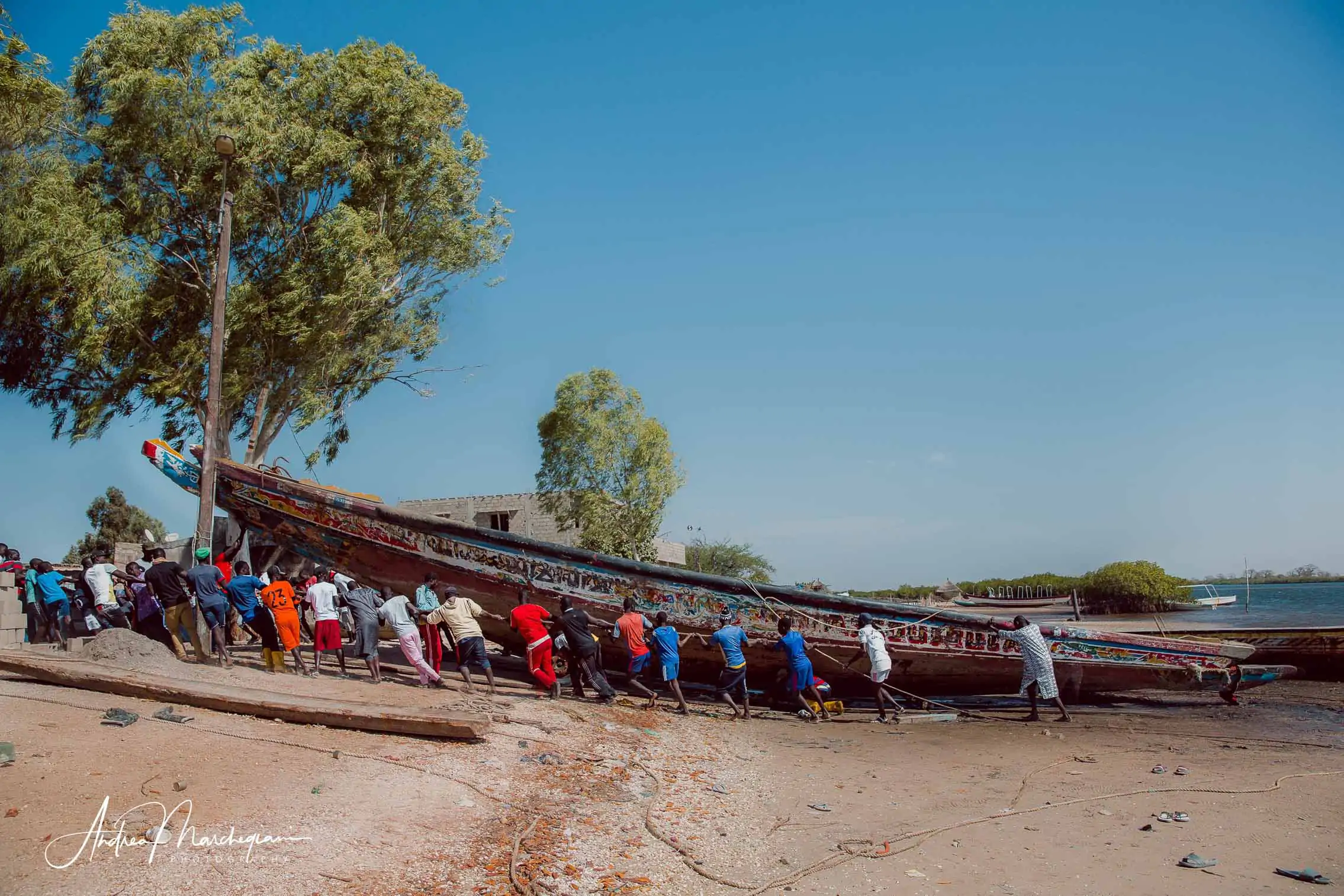
10. Toubakouta e Saloum river Delta
Keep going south, on the border with the Gambia. Toubakouta is the best starting point to explore the Saloum River delta, a fascinating maze of over 200 islets of sand and shells.
The Saloum River Delta has been a national park since 1976 and covers over 70,000 hectares. Of these, 811 were designated a UNESCO World Heritage Site in 2011, due to the presence of mounds of shells, amassed by men over the centuries. These mounds have produced artificial islets, some of them hundreds of meters long, also used as burial places.
Spend a couple of days on a pirogue and explore this pristine area: you will admire the Reposoir Des Oiseaux, an islet of mangroves where birds nest and rest; you will visit the villages rising on the meanders of the delta, such as Diogane village, with its lively elementary school and fishermen collecting oysters and maintaining the colorful canoes.
Here, the population is largely from Seher ethnic group, whose hospitality has no limits. Your eyes will fill with wonder and you will surely fall in love with Senegal!
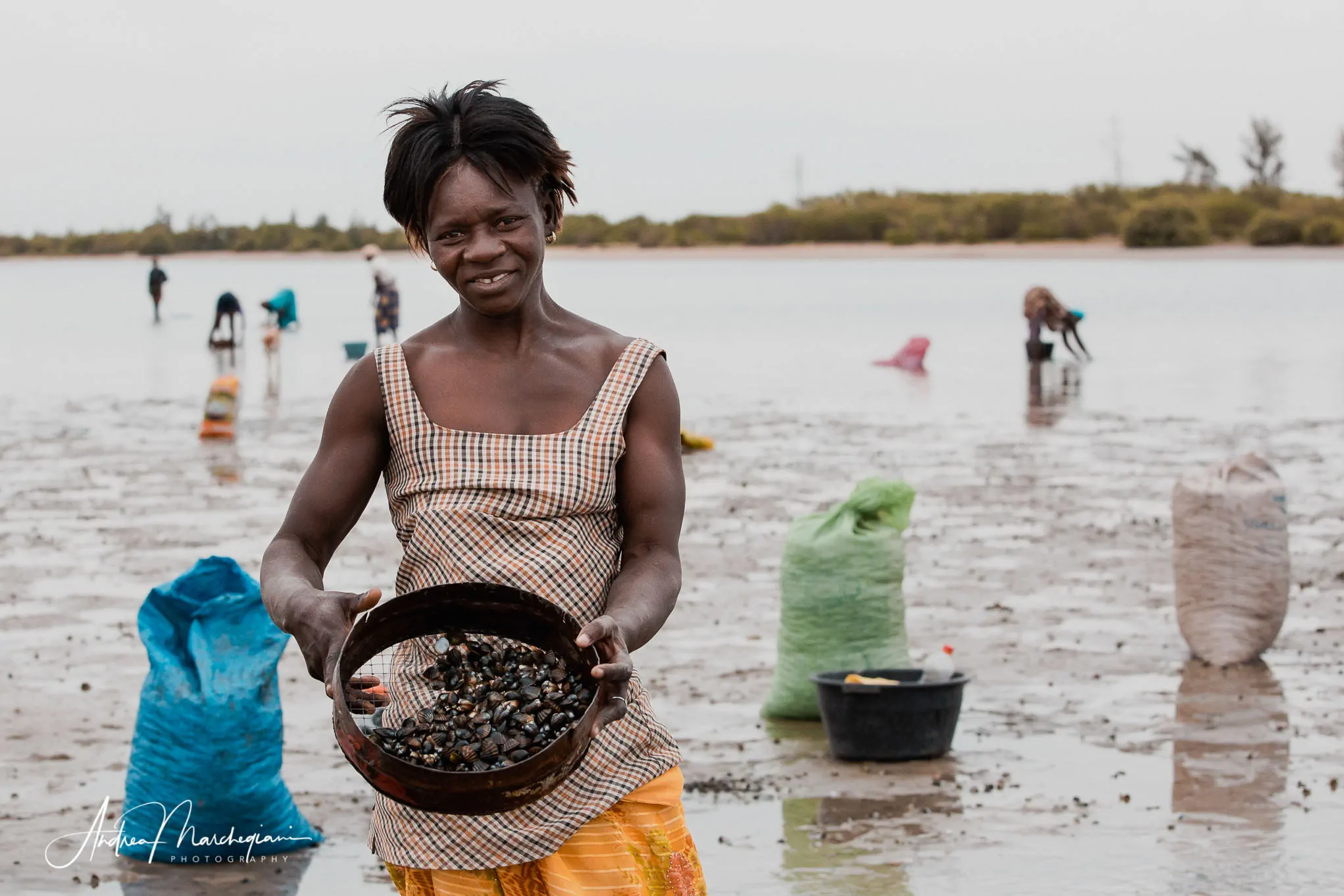
11. Palmarin
Back from the Saloum delta, you can spend a night in the pleasant ecological lodges of Palmarin, a village of 10,000 people dedicated to oyster fishing. The town lies between the coast of the Atlantic Ocean and the estuary of the Saloum River, in a unique ecosystem.
Spending time with fishermen and following the stages of oyster harvesting and shelling is really interesting. The next morning, take the road north to Joal Fadiouth, one of the most incredible places I have ever visited.
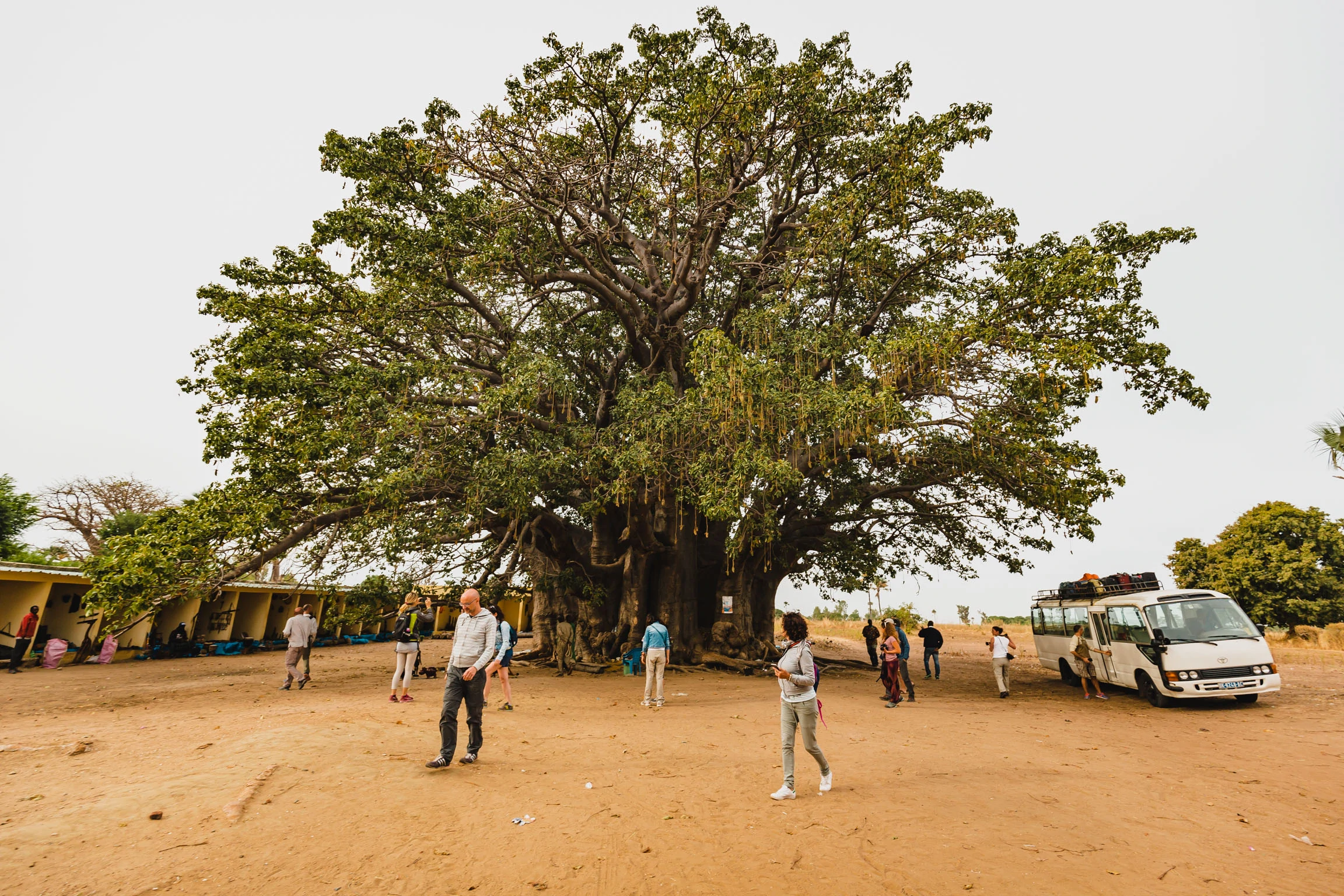
12. Samba Dia
On the way to Joal Fadiouth, stop at Samba Dia. Here is the largest sacred baobab of Senegal, almost 600 years old. The trunk has a circumference of 33 meters and is hollow inside. The guide will invite you to enter through a hole, just to find out you could live inside of it!
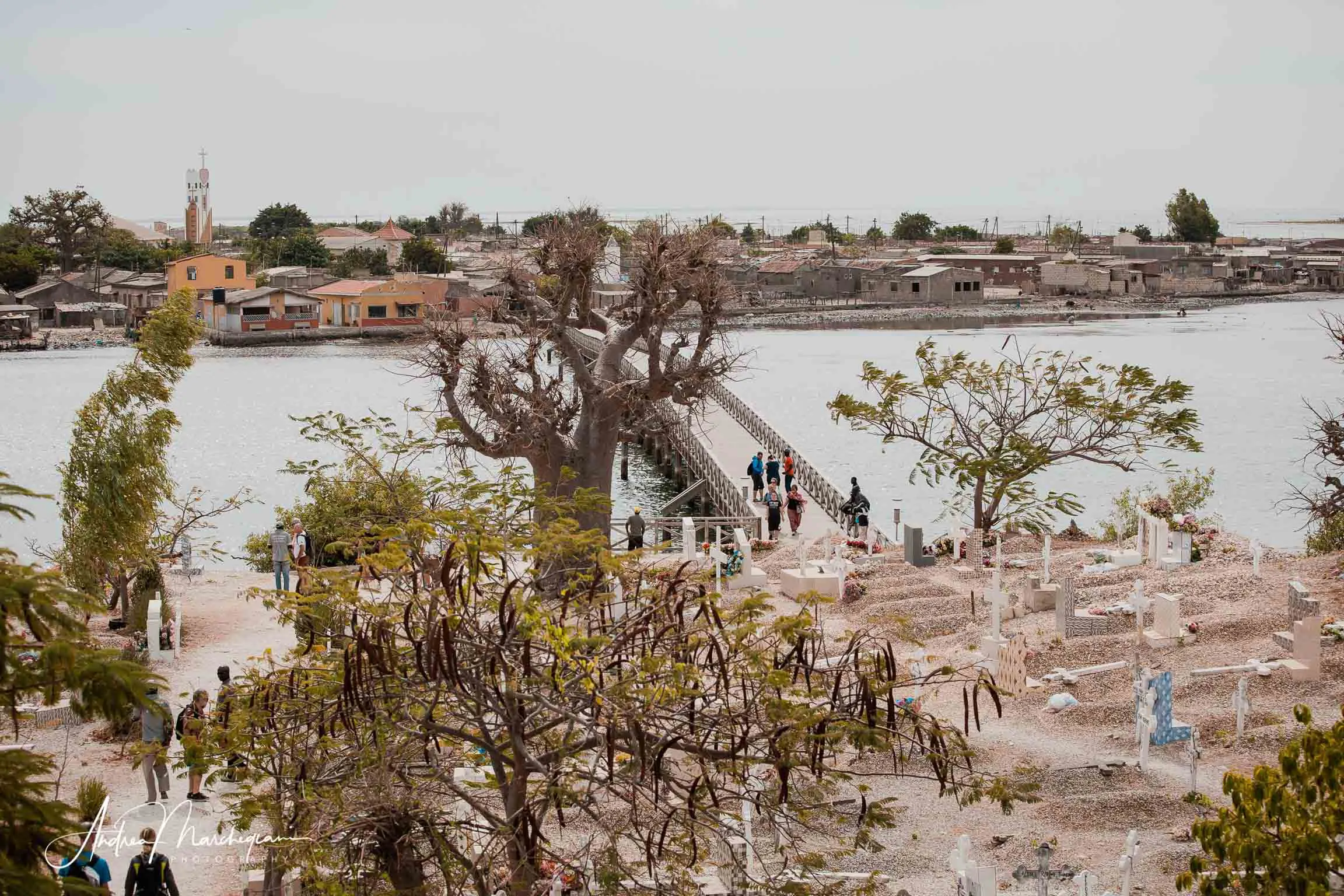
13. Joal Fadiouth, the shell island
Joal Fadiouth is my favorite place in all of Senegal. To be precise, it’s actually two places in one.
Joal is a narrow peninsula at the end of Petit Cote, where there is a small fishing village.
Fadiouth, on the other hand, is a small island, connected to Joal by a wooden bridge about 800 meters long. It is entirely formed by empty shells, accumulated here over the centuries by shellfish fishermen, and houses the fishermen’s cemetery, the only one in all of Senegal where the bodies of Muslims, Christians and animists are buried together. Joal Fadiouth proves that the lives of people who fished in the same sea, can not be divided by any religious belief. Walk under the cemetery baobabs and enjoy every moment.
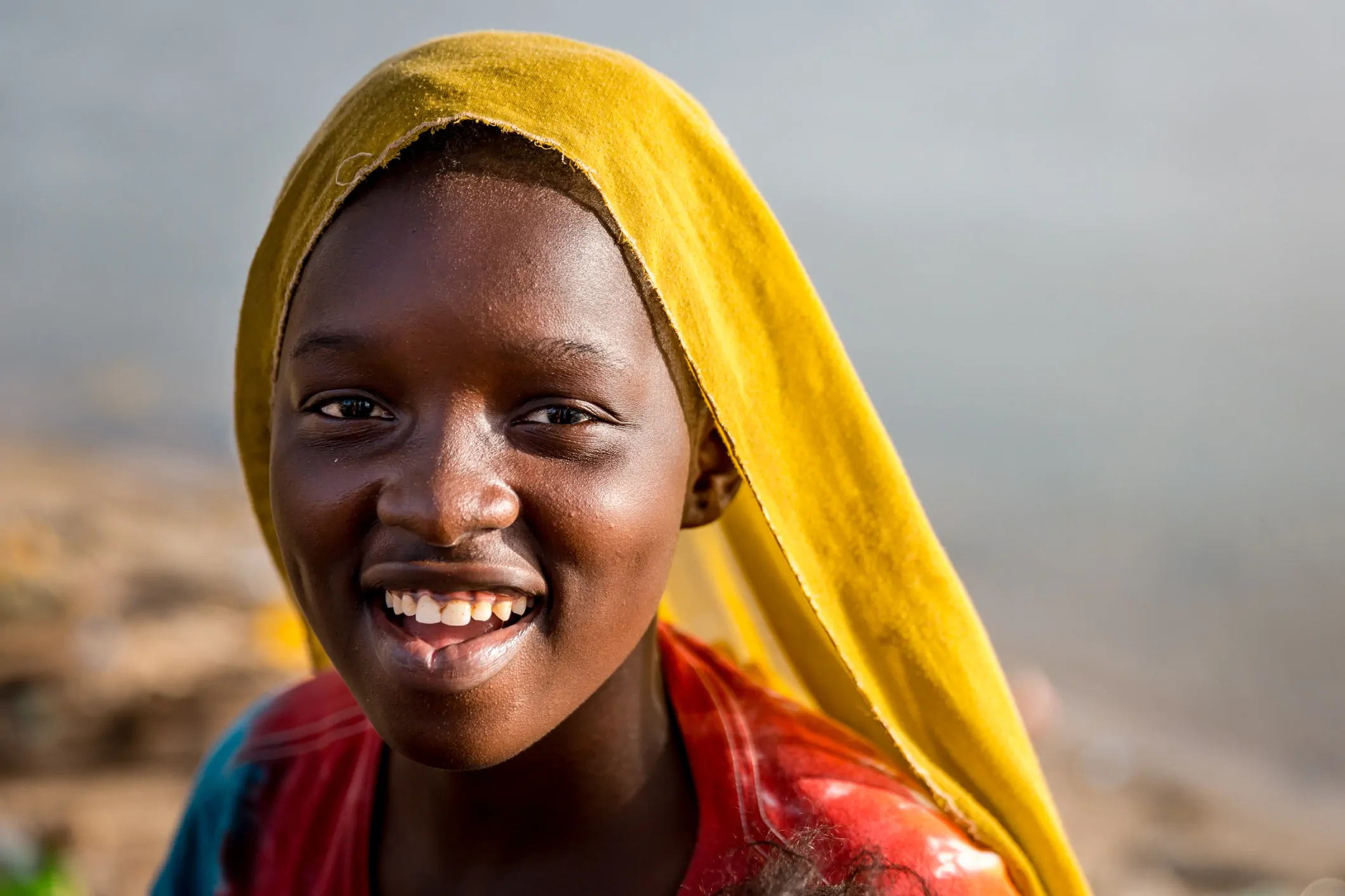
14. M'bour
M’bour is Senegal’s second fishing port, but it doesn’t have much to offer to tourists, apart from the view of canoes and fishermen. I spent the night there after visiting Joal Fadiouth, before returning to Dakar.
The beach in front of the hotel was filled with waste, some coming from the sea, some from the city. Waste management is still an unresolved problem in Senegal, with rubbish piles being dumped everywhere. If you smell harsh, walk away immediately. Wet, plastic and mixed waste are all burned early in the morning, regardless of harmful fumes.
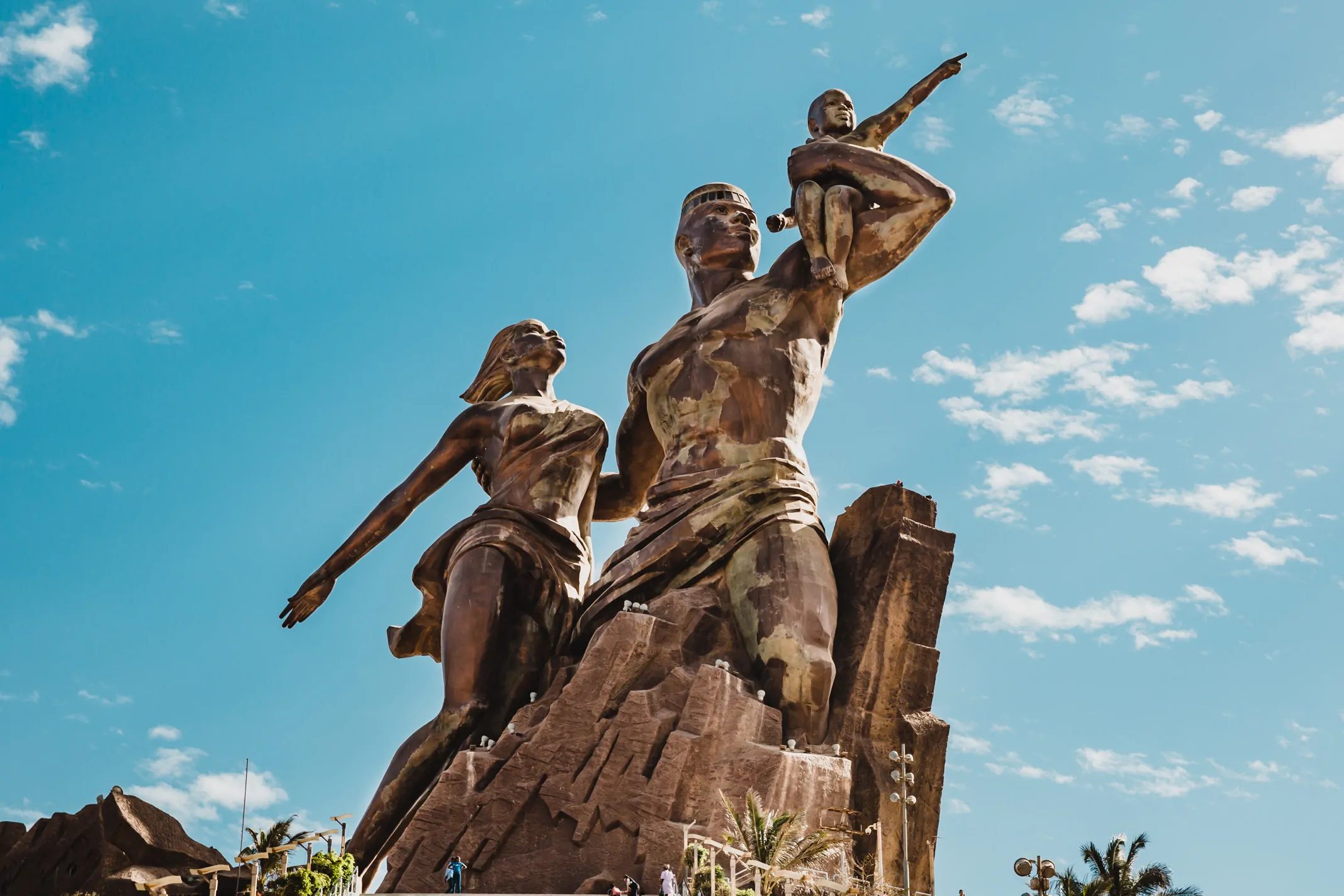
15. Dakar (on your way back)
Dedicate a visit to Dakar during the last day of your trip. Spend the morning in a typical market, such as the chaotic Kermel market, where you can buy typical handicrafts to take back home. But don’t lose track of time, because the afternoon is the best time to visit the Statue of African Rebirth.
Visiting it at the end of a journey which began with the sad memories of Gorée island is like closing a circle. The 49 meter high bronze statue stands out against the blue sky of Senegal but looks towards the Atlantic Ocean, ideally facing the US Statue of Liberty.
It is an authentic affirmation of dignity and redemption. The United States would never have become the power it is today if it had not used African slave labour; Africa would not have been so backward had it been able to rely on its own labour force.
Begun in 2003 and finished in 2010, the statue was inaugurated on the occasion of the 50th anniversary of the independence of Senegal from France, another not accidental reference.
In his speech, Senegalese President Wade said this is not a work that belongs to Senegal, but to the whole of Africa, as the continent is finally ready to take the reins of its own destiny.
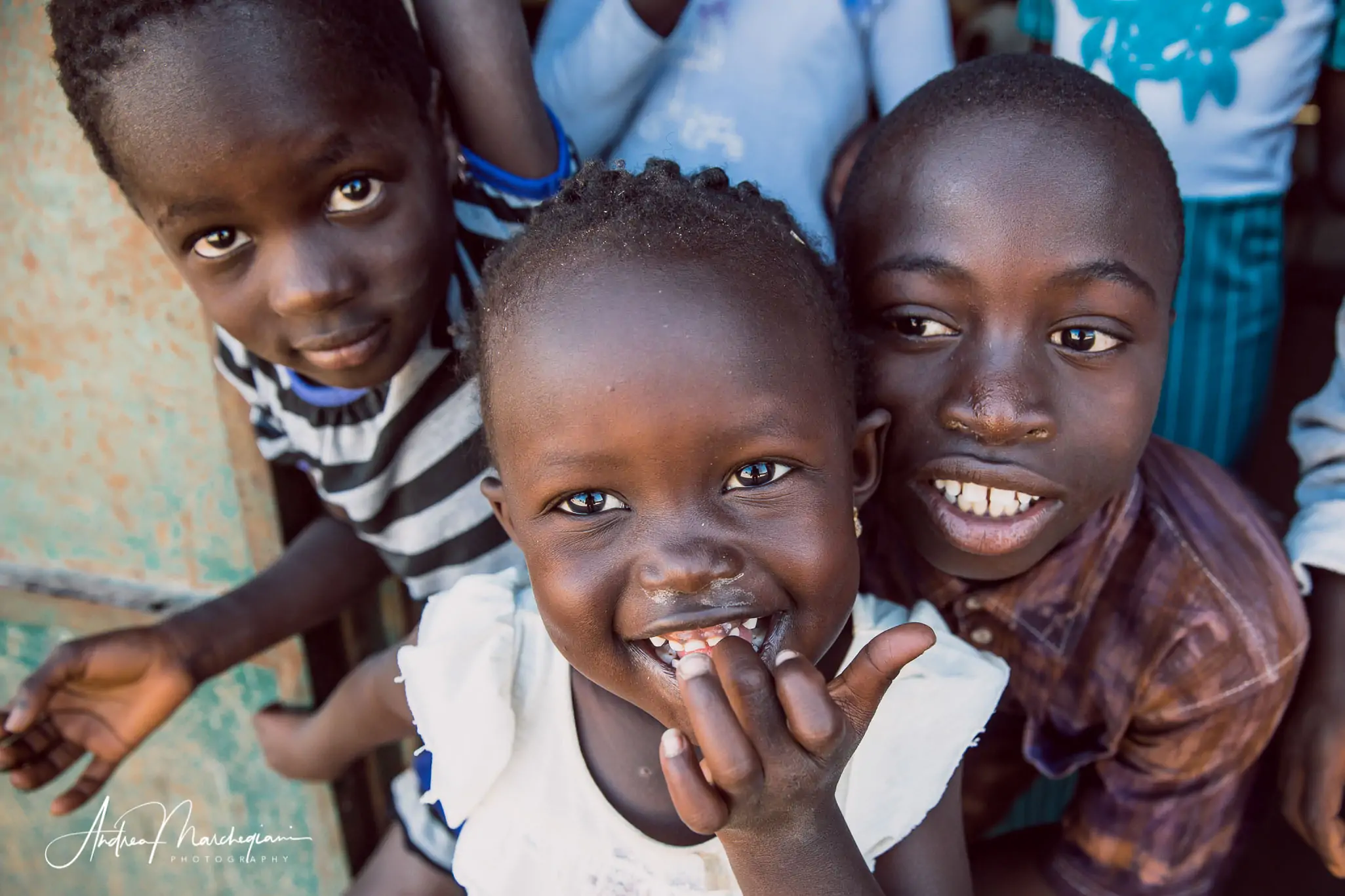
16. La Pouponniere
While in Dakar, ask to visit La Pouponniere orphanage and leave a donation. Here, volunteers raise little orphans abandoned only because of poverty. You can hold them, feed them, play with them. The volunteers of the center will explain what they do to help these children and what you can do to ensure their future.
Useful information for your stay in Senegal
Best time to visit Senegal
The ideal time to visit Senegal is from November to March. January is definitely one of the best months: the weather is mild, with sunny days and cool nights. The day offers about 12 hours of light and 12 hours of darkness. The sun rises around 7:00 and sets around 19:00.
Senegal Time zone
Senegal has the same time zone as Italy except in winter, when there is 1 hour difference.
Language
Religion
The most widespread religion is Islam, embraced by 97% of the population. Christianity and animism are minority faith professions.
Passport and tourist visa
For Italian citizens, no tourist visa is required. It is sufficient to have a passport with remaining validity of 6 months (from the date of departure from your country).
Local currency, Cash and ATM
As with many West African countries, the official currency of Senegal is the CFA Franc, whose neo-colonialist nature has often been discussed. The coin is in fact printed by the mint of several European states, with a fixed exchange rate against the euro (€1=CFA 655). For years Senegal has been talking about the transition to a new currency, which has not yet come into circulation.
You can withdraw money at the ATMs of major cities. Except in Dakar it is difficult to use credit cards and ATMs.
How to dress in Senegal
From November to March, the climate in Senegal is mild, warm during the day and cooler in the evening. You can dress as you would during the Italian summer. Don’t forget to protect yourself with hats, sunglasses and sunscreen.
Wifi & Telephone
International access code to call Senegal from abroad is +221, to which must be added the local prefix and the desired number. To call Italy, the prefix is the usual +39. Smartphones have good network coverage throughout the country. In addition, the vast majority of hotels and restaurants have free WI-FI connections.
How to get around Senegal
I recommend to rely on a local driver. You will avoid the difficulty of orienting yourself without road signs, stopping in unsafe neighborhoods and especially not paying attention to bollards that, if taken at full speed, can puncture the tires of the car.
Electricity
Electric power in Senegal is 220 Volts, so there is no need for an electrical power adapter if you come from Italy but you definitely need it if you come from the UK. Sockets are similar to the Italian ones but bipolar, or schuko. Use a power slip to recharge several devices simultaneously.
Health precautions in Senegal
It is advisable, as for every trip, to bring a first aid kit with gauze, hydrogen peroxide, antipyretics, antihistamines, broad-spectrum antibiotics, antidiarrheal and intestinal regulators. Your family doctor can help you choose the products that best suit your needs.
Also remember to bring sunscreen, especially in summer. During your trip, you can taste every cooked dish, but beware of fresh vegetables. If they have not been thoroughly washed and dried, they could be trouble for your stomach.
Make sure dishes, glasses and cutlery are dry and, if necessary, use a towel and finish drying them yourself. If you have a mild stomach, avoid brushing your teeth with tap water and keep your mouth shut while showering.
In Senegal there are no compulsory vaccinations, but it is recommended to do those against meningitis, yellow fever, hepatitis A and B, tetanus, typhus. Similarly, antimalarial prophylaxis is recommended, although the risk of contracting it during the winter months is quite low. Ask your doctor for advice
Taking pictures in Senegal
Be careful if you decide to photograph passers-by or working people. Senegalese people do not like to be exploited and it is important to ask for consent first. In some cases, they will refuse to pose for you. Do not insist and greet with kindness.
Sometimes people don’t want to be photographed while working because they prefer to be portrayed only in their best clothes.



